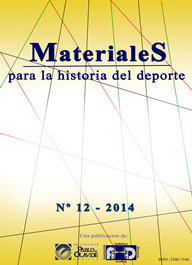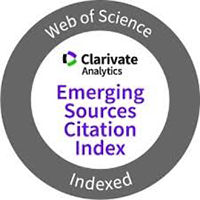Was weakling smurf doped? another glance at the olympic athletics in the 80s
Keywords:
comic, doping, Olympic Games, criticism on sports, youth education.Abstract
Graphic novels are an integral part of the cultural life of the young. With millions of copies, the publication series The Smurfs is known worldwide. But what messages send these publications to the youth? It is necessary to ask on behalf of the sport representation in this series. Moreover, it is important to analyse the image of these publications regarding doping. This paper presents the results of the study of the famous volume The Smurfs Olympics, that obtained impressive business results, and published in 1983, some months before the start of the Olympic Games in Los Angeles. On the one hand, by interpreting the humorous effects exploited by this comic, this article reveals the existence of a widespread criticism of the sports and Olympism phenomenon, which could reveal its consistence with the way in which the younger generation of the 80s apprehend the competitive practices. Furthermore, the study reveals that this volume attains to satisfy both ardent critics of attempts of the impertinent youth and the institutional demands symbolized by the ministerial and parental censorship concerned about social peace. In other words, this comic would have the merit of achieving the destruction of this generational opposition by sending a critical discourse regarding sport embellished by an educational and optimistic message.
Downloads
Downloads
Published
Issue
Section
License
Authors who submit to this journal agree to the following terms:
- Author(s) keep copyright and guarantee to the journal the right to be the first publication of the work as licensed under Creative Commons Attribution-Noncommercial-ShareAlike 4.0 International as initial publication in this journal.
- Author(s) can establish additional agreements for non-exclusive distribution of the version of the work published in the journal (for example, to an institutional archives or to publish it in a book), with an acknowledgment of its initial publication in this journal.
- It is allowed and authors are encouraged to disseminate their work electronically (e.g, in institutional open archives or on their own website) before and during the submission process, as it can lead to productive exchanges, as well as a citation earlier and more of published work (See the Effect of Open Access).










